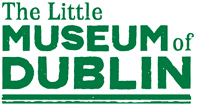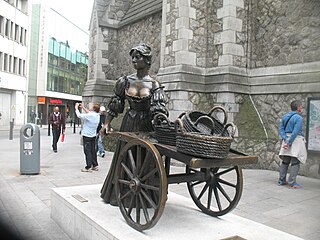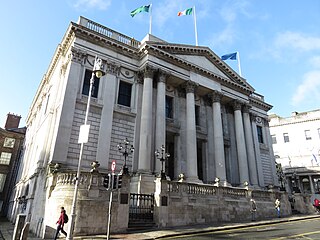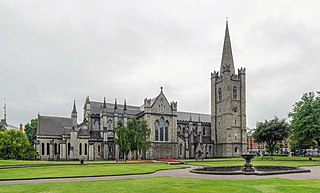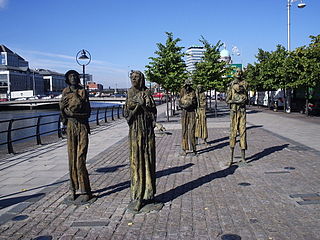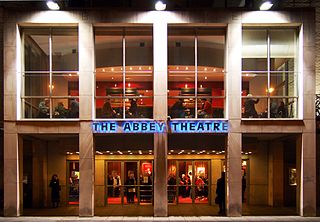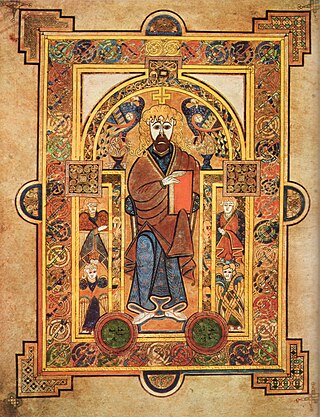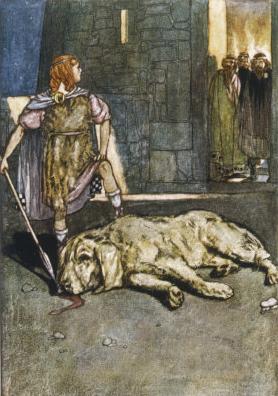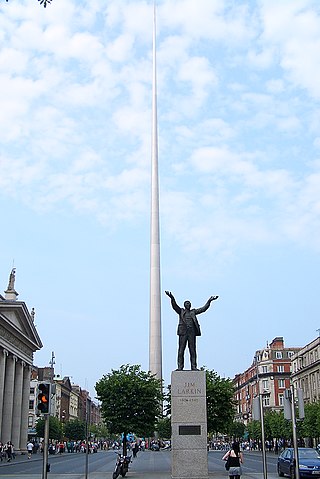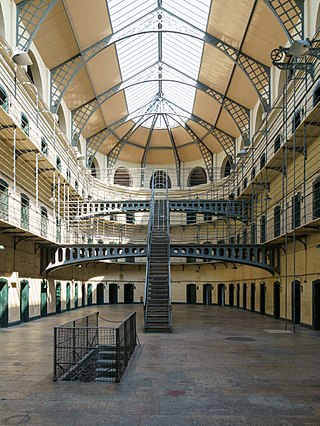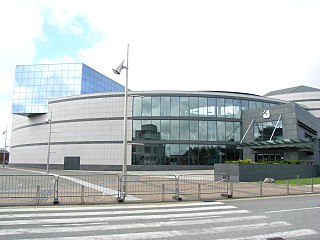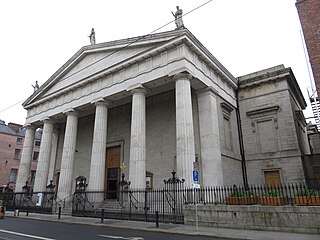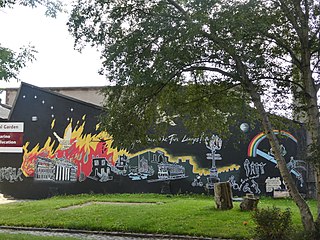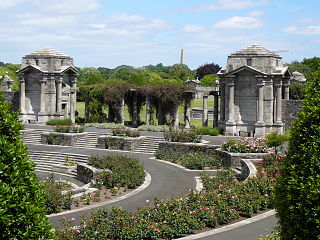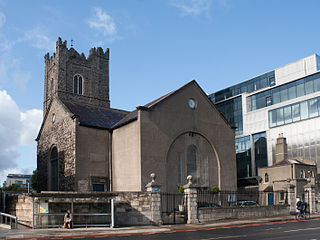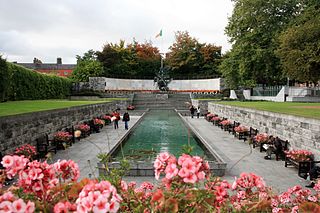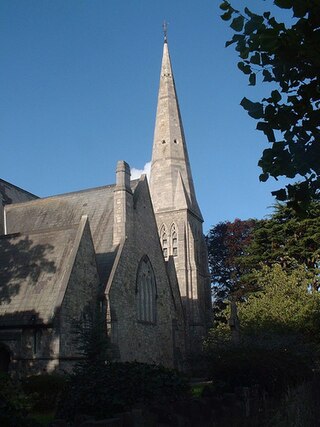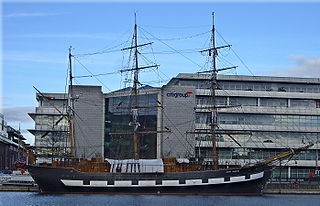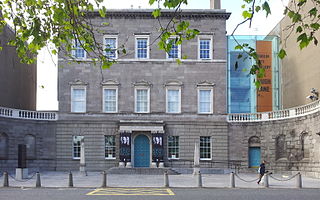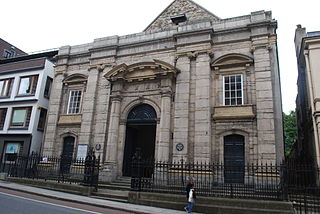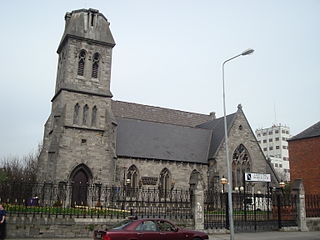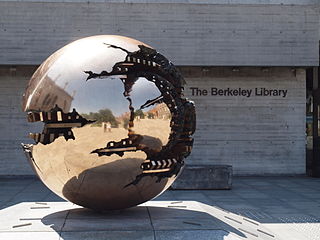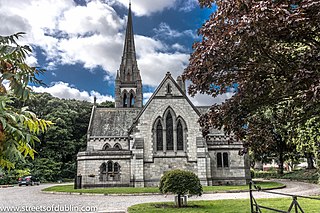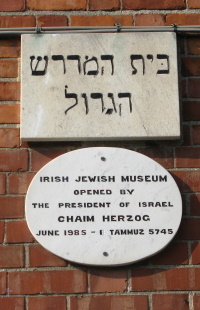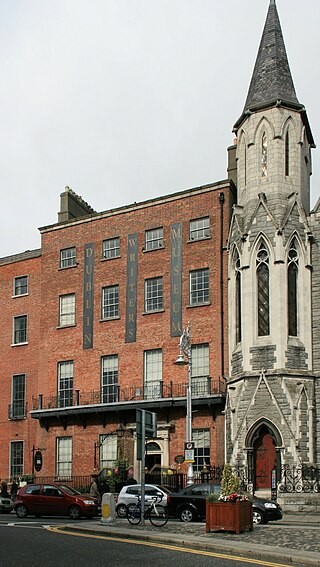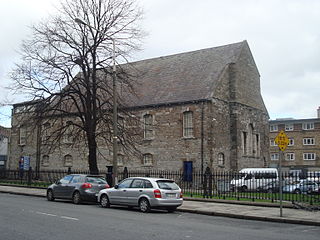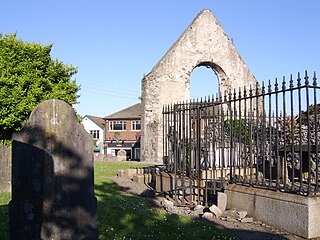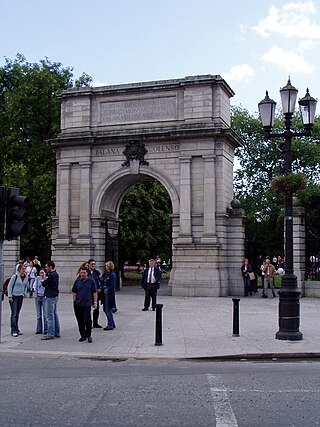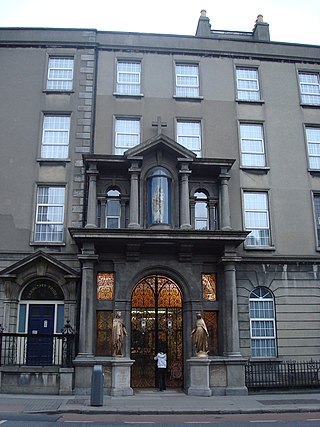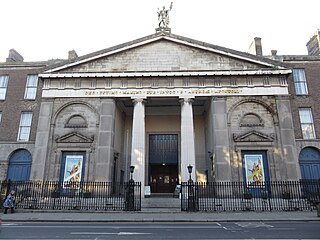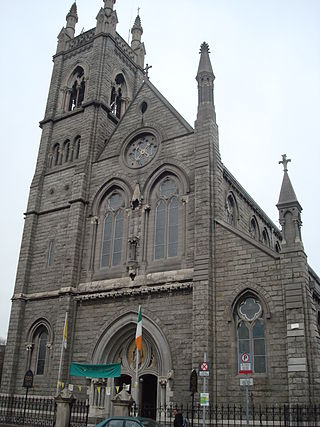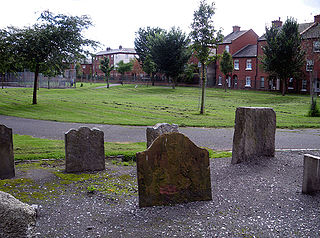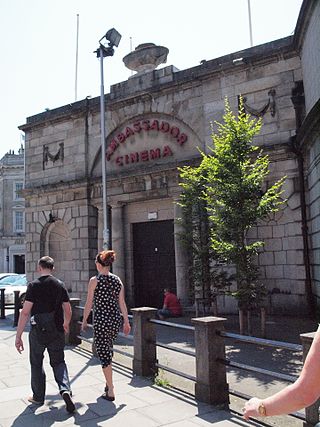46 Sights in Dublin, Ireland (with Map and Images)
Legend
Premium Sights
Book tickets, guided tours and activities in Dublin.
Guided Free Walking Tours
Book free guided walking tours in Dublin.
Welcome to your journey through the most beautiful sights in Dublin, Ireland! Whether you want to discover the city's historical treasures or experience its modern highlights, you'll find everything your heart desires here. Be inspired by our selection and plan your unforgettable adventure in Dublin. Dive into the diversity of this fascinating city and discover everything it has to offer.
Sightseeing Tours in DublinActivities in DublinThe Little Museum of Dublin is a local history museum situated at St Stephen's Green, Dublin, Ireland. The museum is located in an 18th-century Georgian townhouse owned by Dublin City Council. As of April 2024, the St Stephen's Green museum was "temporarily closed", with its operators reputedly planning to "reopen shortly" at an alternative venue on Dublin's Pembroke Street.
Wikipedia: Little Museum of Dublin (EN), Website, Twitter, Facebook, Instagram, Pinterest, Youtube
Molly Malone is a statue on Suffolk Street in Dublin, the capital of Ireland. The statue depicts the presumably fictional character Molly Malone, who is described in the song of the same title, also known as "Cockles and Mussels". It has previously stood on Grafton Street, but has had the current location since 2014.
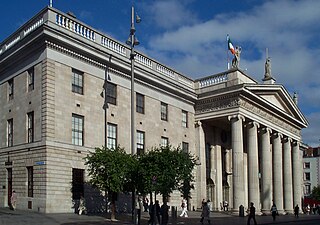
The General Post Office is the former headquarters of An Post — the Irish Post Office. It remains its registered office and the principal post office of Dublin — the capital city of Ireland — and is situated in the centre of O'Connell Street, the city's main thoroughfare. It is one of Ireland's most famous buildings, not least because it served as the headquarters of the leaders of the Easter Rising against British rule in Ireland. It was the last great Georgian public building to be erected in the capital.
The City Hall, Dublin, originally the Royal Exchange, is a civic building in Dublin, Ireland. It was built between 1769 and 1779, to the designs of architect Thomas Cooley, and is a notable example of 18th-century architecture in the city. Originally used by the merchants of the city, it is today the formal seat of Dublin City Council.
Saint Patrick's Cathedral in Dublin, Ireland, founded in 1191 as a Roman Catholic cathedral, is currently the national cathedral of the Church of Ireland. Christ Church Cathedral, also a Church of Ireland cathedral in Dublin, is designated as the local cathedral of the Diocese of Dublin and Glendalough.
The Famine Memorial, officially titled Famine, is a memorial in Dublin, Ireland. The memorial, which stands on Customs House Quay, is in remembrance of the Great Famine (1845-1849), which saw the population of the country halved through death and emigration.
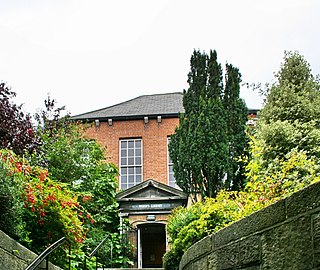
Marsh's Library, situated in St. Patrick's Close, adjacent to St. Patrick's Cathedral, Dublin, Ireland is a well-preserved library of the late Renaissance and early Enlightenment. When it opened to the public in 1707 it was the first public library in Ireland. It was built to the order of Archbishop Narcissus Marsh and has a collection of over 25,000 books and 300 manuscripts.
The Abbey Theatre, also known as the National Theatre of Ireland, in Dublin, Ireland, is one of the country's leading cultural institutions. First opening to the public on 27 December 1904, and moved from its original building after a fire in 1951, it has remained active to the present day. The Abbey was the first state-subsidized theatre in the English-speaking world; from 1925 onwards it received an annual subsidy from the Irish Free State. Since July 1966, the Abbey has been located at 26 Lower Abbey Street, Dublin 1.
9. Temple Bar
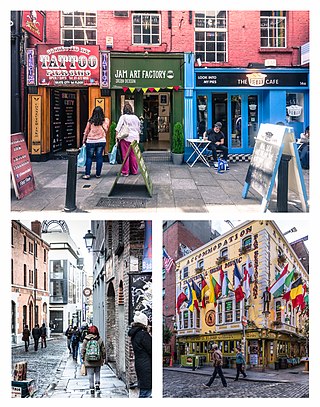
Temple Bar is an area on the south bank of the River Liffey in central Dublin, Ireland. The area is bounded by the Liffey to the north, Dame Street to the south, Westmoreland Street to the east and Fishamble Street to the west. It is promoted as Dublin's 'cultural quarter' and, as a centre of Dublin's city centre's nightlife, is a tourist destination. Temple Bar is in the Dublin 2 postal district.
10. Book of Kells
The Book of Kells is an illustrated manuscript and Celtic Gospel book in Latin, containing the four Gospels of the New Testament together with various prefatory texts and tables. It was created in a Columban monastery in either Ireland or Scotland, and may have had contributions from various Columban institutions from each of these areas. It is believed to have been created c. 800 AD. The text of the Gospels is largely drawn from the Vulgate, although it also includes several passages drawn from the earlier versions of the Bible known as the Vetus Latina. It is regarded as a masterwork of Western calligraphy and the pinnacle of Insular illumination. The manuscript takes its name from the Abbey of Kells, County Meath, which was its home for centuries.
11. Cúchulainn
Cú Chulainn, is an Irish warrior hero and demigod in the Ulster Cycle of Irish mythology, as well as in Scottish and Manx folklore. He is believed to be an incarnation of the Irish god Lugh, who is also his father. His mother is the mortal Deichtine, sister of king Conchobar mac Nessa.
12. 3Arena
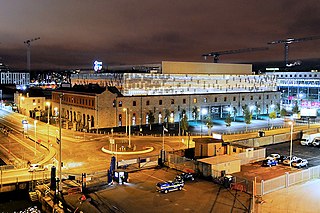
The 3Arena (originally The O2) is an indoor amphitheatre located at North Wall Quay in the Dublin Docklands in Dublin, Ireland. The venue opened as The O2 on 16 December 2008 and was re-branded on 4 September 2014 due to the takeover of O2 Ireland by Three Ireland. The venue is owned by a Live Nation subsidiary, Apollo Leisure Group Ltd. and is among the top ten busiest music arenas by ticket sales in the world.
13. Spire of Dublin
The Spire of Dublin, alternatively titled the Monument of Light, is a large, stainless steel, pin-like monument 120 metres (390 ft) in height, located on the site of the former Nelson's Pillar on O'Connell Street, the main thoroughfare of Dublin, Ireland.
14. Kilmainham Gaol
Kilmainham Gaol is a former prison in Kilmainham, Dublin. It is now a museum run by the Office of Public Works, an agency of the Government of Ireland. Many Irish revolutionaries, including the leaders of the 1916 Easter Rising, were imprisoned and executed in the prison by the orders of the UK Government.
15. Royal Irish Academy
The Royal Irish Academy, based in Dublin, is an academic body that promotes study in the sciences, humanities and social sciences. It is Ireland's premier learned society and one of its leading cultural institutions. The Academy was established in 1785 and granted a royal charter in 1786. As of 2019, the RIA has around 600 members, regular members being Irish residents elected in recognition of their academic achievements, and Honorary Members similarly qualified but based abroad; a small number of members are elected in recognition of non-academic contributions to society.
16. The Helix
The Helix, formally The Helix Centre for the Performing Arts, is a multi-purpose venue located on the Dublin City University main campus in Glasnevin, Dublin. Officially opened by then President of Ireland, Mary McAleese, on 5 March 1996, the Helix contains a concert hall, theatre, studio theatre, exhibition space, artists-in-residence studios, and a green room and other support spaces, along with an in-site café.
17. Saint Mary's Pro-Cathedral
St Mary's Church, known also as St Mary's Pro-Cathedral or simply the Pro-Cathedral, the Chapel in Marlborough Street or the Pro, is a pro-cathedral and is the episcopal seat of the Catholic Archbishop of Dublin and Primate of Ireland.
18. Memorial Garden
During World War II, Dublin was first bombed early on the morning of 2 January 1941, when the German bombs were dropped on the Terenure area. This was followed early on the following morning of 3 January 1941, by further German bombing of houses on Donore Terrace in the South Circular Road area. A number of people were injured, but no one was killed in these bombings. Later that year, on 31 May 1941, four German bombs fell in north Dublin, one damaging Áras an Uachtaráin but with the greatest impact in the North Strand area, killing 28 people. However, the first bombing of the Republic of Ireland had taken place several months earlier, on 26 August 1940, when the Luftwaffe bombed Campile, County Wexford, killing three people.
19. Irish National War Memorial Gardens
The Irish National War Memorial Gardens is an Irish war memorial in Islandbridge, Dublin, dedicated "to the memory of the 49,400 Irish soldiers who gave their lives in the Great War, 1914–1918", out of a total of 206,000 Irishmen who served in the British forces alone during the war.
20. St Michan's Church
St. Michan's Church is a Church of Ireland church located in Church Street, Dublin, Ireland. The first Christian chapel on this site dated from 1095, and operated as a Catholic church until the Reformation. The current church dates from 1686, and has served Church of Ireland parishioners in Dublin for more than 300 years.
21. Royal Hospital Kilmainham
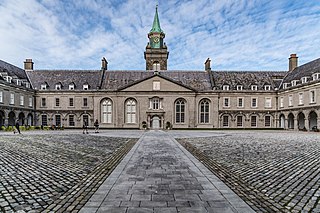
The Royal Hospital Kilmainham in Kilmainham, Dublin, is a 17th-century former hospital and retirement home which is now mainly used to house the Irish Museum of Modern Art and as a concert and events venue.
22. The Convention Centre Dublin
The Convention Centre Dublin is a convention centre in the Dublin Docklands, Ireland. The Convention centre overlooks the River Liffey at Spencer Dock. It was designed by the Irish-born American architect Kevin Roche.
23. Gaiety Theatre
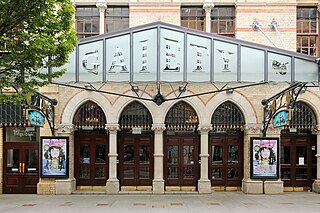
The Gaiety Theatre is a theatre on South King Street in Dublin, Ireland, off Grafton Street and close to St. Stephen's Green. It specialises in operatic and musical productions, with occasional dramatic shows.
24. Chester Beatty Library
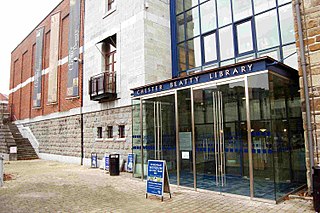
The Chester Beatty Library, now known as the Chester Beatty, is a museum and library in Dublin. It was established in Ireland in 1953, to house the collections of mining magnate, Sir Alfred Chester Beatty. The present museum, on the grounds of Dublin Castle, opened on 7 February 2000, the 125th anniversary of Beatty's birth and was named European Museum of the Year in 2002.
25. Garden Of Remembrance
The Garden of Remembrance is a memorial garden in Dublin dedicated to the memory of "all those who gave their lives in the cause of Irish Freedom". It is located in the northern fifth of the former Rotunda Gardens in Parnell Square, a Georgian square at the northern end of O'Connell Street. The garden was opened by President Eamon de Valera during the semicentennial of the Easter Rising in 1966.
26. Saint John the Baptist Church
The Parish of St. John the Baptist, the Church of Ireland Parish of Clontarf, Dublin is a religious community located on the north shore of Dublin Bay, bounded by the Parishes of North Strand to the west, Coolock to the north, and Raheny to the east.
27. Jeanie Johnston
Jeanie Johnston is a replica of a three-masted barque that was originally built in Quebec, Canada, in 1847 by the Scottish-born shipbuilder John Munn. The replica Jeanie Johnston performs a number of functions: it is an ocean-going sail training vessel at sea, and in port, it converts into a living history museum on 19th century emigration and, in the evenings, is used as a corporate event venue.
Wikipedia: Jeanie Johnston (EN), Website, Twitter, Facebook, Tripadvisor
28. Hugh Lane Gallery
The Hugh Lane Gallery, and originally the Municipal Gallery of Modern Art, is an art museum operated by Dublin City Council and its wholly-owned company, the Hugh Lane Gallery Trust. It is in Charlemont House on Parnell Square, Dublin, Ireland. Admission is free.
29. St Werburgh's
St. Werburgh's Church is a Church of Ireland church building in Dublin, Ireland. The original church on this site was built in 1178, shortly after the arrival of the Anglo-Normans in the town. It was named after St. Werburgh, abbess of Ely and patron saint of Chester. The current building was constructed in 1719. It is located in Werburgh Street, close to Dublin Castle.
30. St James' church
St. James' Church is a former Church of Ireland church in James's Street, Dublin, Ireland. Established in 1707, the corresponding parish, which was separated from that of nearby St. Catherine's, was established in 1710. There had been a shrine dedicated to St. James at nearby St. James's Gate, a stopping-off point for pilgrims, since medieval times. It has been proposed that the current church is near to the site of a church to St. James of Compostella which is first referred to in the mid-13th century.
Wikipedia: St James' Church, Dublin (Church of Ireland) (EN)
31. Sphere Within Sphere
Sphere Within Sphere describes a series of spherical bronze sculptures by Italian sculptor Arnaldo Pomodoro. In 1966, Pomodoro was commissioned to create a 3.5-meter sphere for Expo 67 in Montreal. The success of this sculpture propelled Pomodoro's works into the mainstream, allowing for commissions that would land his sculptures at the Headquarters of the United Nations and the Vatican Museums.
32. All Saints Church
All Saints' Church is the Church of Ireland Parish Church of the Parish of Raheny, prominent on the Howth Road as it approaches the centre of Raheny, Dublin, Ireland. It lies in walled grounds with mature tree cover, just south of the village core, and is widely hailed as a fine architectural specimen.
33. Irish Jewish Museum
The Irish Jewish Museum is a small museum located in the once highly Jewish populated area of Portobello, around the South Circular Road, Dublin 8, dedicated to the history of the Irish Jewish community.
34. The Brazen Head
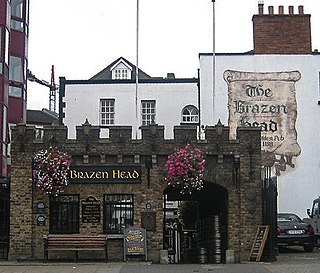
The Brazen Head is a pub in Merchant's Quay, Dublin, built as a coaching inn in 1754, on the site of a merchant's dwelling dating back to at least 1613. lt received a licence to sell ale in 1661, and the first mention of it as an inn was in 1668.
35. Dublin Writers Museum
The Dublin Writers Museum was a museum of literary history in Dublin, Ireland. It opened in November 1991, and was hailed as an "iconic" museum in Dublin. It closed during the Covid-19 pandemic, and was brought to an end in 2022 without ever reopening.
36. St Mark's
St Mark's Church is a Pentecostal church located at 42A Pearse Street, Dublin, Ireland. The church is affiliated with Christian Churches Ireland, the Irish branch of the Assemblies of God. The church has two Sunday services; 10am and 11:45am.
37. St. Assam's
St. Assam's is the name of two historic churches in the village of Raheny, Dublin, one a ruin in the middle of the village, one the structurally sound but no longer primary church built for the local Roman Catholic community of the area after the revival of religious rights. Both buildings lie within the area of the ráth which gave the village and district its name, and which was perhaps 110 m across.
38. Fusiliers' Arch
The Fusiliers' Arch is a monument which forms part of the Grafton Street entrance to St Stephen's Green park, in Dublin, Ireland. Erected in 1907, it was dedicated to the officers, non-commissioned officers and enlisted men of the Royal Dublin Fusiliers who fought and died in the Second Boer War (1899–1902).
39. Stone of Remembrance
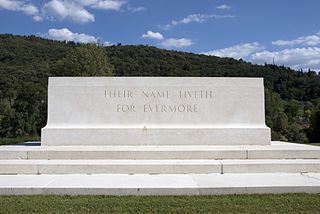
The Stone of Remembrance is a standardised design for war memorials that was designed in 1917 by the British architect Sir Edwin Lutyens for the Imperial War Graves Commission (IWGC). It was designed to commemorate the dead of World War I, to be used in IWGC war cemeteries containing 1,000 or more graves, or at memorial sites commemorating more than 1,000 war dead. Hundreds were erected following World War I, and it has since been used in cemeteries containing the Commonwealth dead of World War II as well. It is intended to commemorate those "of all faiths and none", and has been described as one of Lutyens' "most important and powerful works", with a "brooding, sentinel-like presence wherever used".
40. Whitefriar Street Church
Whitefriar Street Carmelite Church is a Roman Catholic church in Dublin, Ireland maintained by the Carmelite order. The church is noted for having the relics of Saint Valentine, which were donated to the church in the 19th century by Pope Gregory XVI from their previous location in the cemetery of St. Hippolytus in Rome.
41. St Andrew's
St. Andrew's Church is a Roman Catholic church located in Westland Row, Dublin, Republic of Ireland. Construction started in 1832, it opened for public worship in 1834 but was not completed until 1837.
42. Albert College Park
Albert College Park, also known as Hampstead Park, is a public park owned by Dublin City Council and managed by the council's Parks and Landscape Services division. It is located in northern Glasnevin, in the mid-northern suburbs of Dublin.
43. St. Joseph's Carmelite Church
St. Joseph's Carmelite Church on Berkeley Road, Dublin, Ireland is the Roman Catholic church of the Berkeley Road Parish. The church is dedicated to Saint Joseph and is in full use today in the care of the Discalced Carmelites.
Wikipedia: St. Joseph's Carmelite Church, Berkeley Road (EN)
44. The Cabbage Garden
The Cabbage Garden, also known as the Cabbage Patch, is a former burial ground in Dublin, Ireland. It is located off Upper Kevin Street in Dublin's south inner city. Used as a cemetery from 1666 until the 1890s, it is now laid-out as a public park.
45. Ambassador Theatre
The Ambassador Theatre, formerly Rotund Room, Rotunda, and Ambassador Cinema, was the longest-running cinema in Dublin, Ireland, and was operational on and off until 1999. It operated as a music venue between 2001 and 2008. As of 2024 it is used as an exhibition hall and event centre.
46. 1913 Lockout
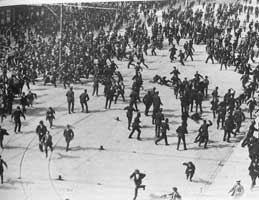
The Dublin lock-out was a major industrial dispute between approximately 20,000 workers and 300 employers that took place in Dublin, Ireland. The dispute, lasting from 26 August 1913 to 18 January 1914, is often viewed as the most severe and significant industrial dispute in Irish history. Central to the dispute was the workers' right to unionise.
Share
How likely are you to recommend us?
Disclaimer Please be aware of your surroundings and do not enter private property. We are not liable for any damages that occur during the tours.
